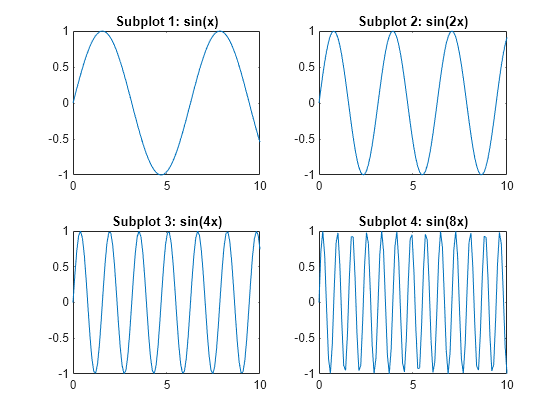
The True Prime Numbers Pattern is discussed below in Base 10, but these properties are valid and remain the same no matter the Base used.Ĭontinued fractions are another possible representation of real numbers in terms of a sequence of integers, aside from decimal expansion. This can be verified by checking whether the number 16 for example sits on the same vertical projection with 4 2 and 2 4.
Harmonic series music series#
This number 24,041 6 (in Base 10) is an arbitrary addition ofĪlthough represented separately, all number lines are part of the same Series of Harmonics.
Harmonic series music plus#
(or 10 to the 1 st power), 1 unit of 1's (or 10 to the 0 power) plus 5 units of This applies to left-to-right writing for right-to-left, the opposite is true.Īs an example, the number 1,5 (in some countries written 1.5) is a decimal expansion and sum of following bundles: 0 units of

Another way of saying it is: everything before comma overtones, everything after comma undertones. In simple words, all figures to the left of the comma (in some countries point) are overtones, while all figures to the left of the comma are undertones. we use a numbering system called “Base 10” or “decimal”, which comes from the Harmonic Series.Īll integers (natural, or whole numbers) come from the Ascending Series of Harmonic Overtones, while the decimals and recurring decimals of rational numbers together with the infinite and non-recurring decimals of irrational numbers come from the Descending Series of Harmonic Undertones. In fact, there are as many systems as there are numbers, and the one we use is not particularly special. It is important to realize that the numbers we use every day are part of a system of numbers, which is not the only system of numbers in existence. Our Everyday Number System: The Base 10 (Decimal) Number System With other words, it is assumed the reader knows “Where All Music Comes From” and is well acquainted with “The Physics of Harmonics”. Therefore, it is assumed the reader has knowledge about the True Harmonic Series in its completeness: its meaning for music, what it really is, where can it be found in nature and how different harmonics can be isolated and emphasized on instruments that allow it. The reasoning behind this fact might be of little value to the innocent music lover and mathematician when taken out of its original context. This section shows how all numbers and number systems come from the (Musical) Harmonic Series.
Harmonic series music mod#

Cosecant and Secant are Really Undertones of Sinus and Cosinus.Sinus, Cosinus and Tangent Are Really Harmonics of the Ascending Series.Trigonometry, the Study of Harmonic Relationships in Triangles.The 3 Types of Numbers: True Primes, Dual and Ternary.The 1 and Only: A Single Number and Its True Primes.Φ (Phi), π (Pi) and e Are All About Undertones.



 0 kommentar(er)
0 kommentar(er)
